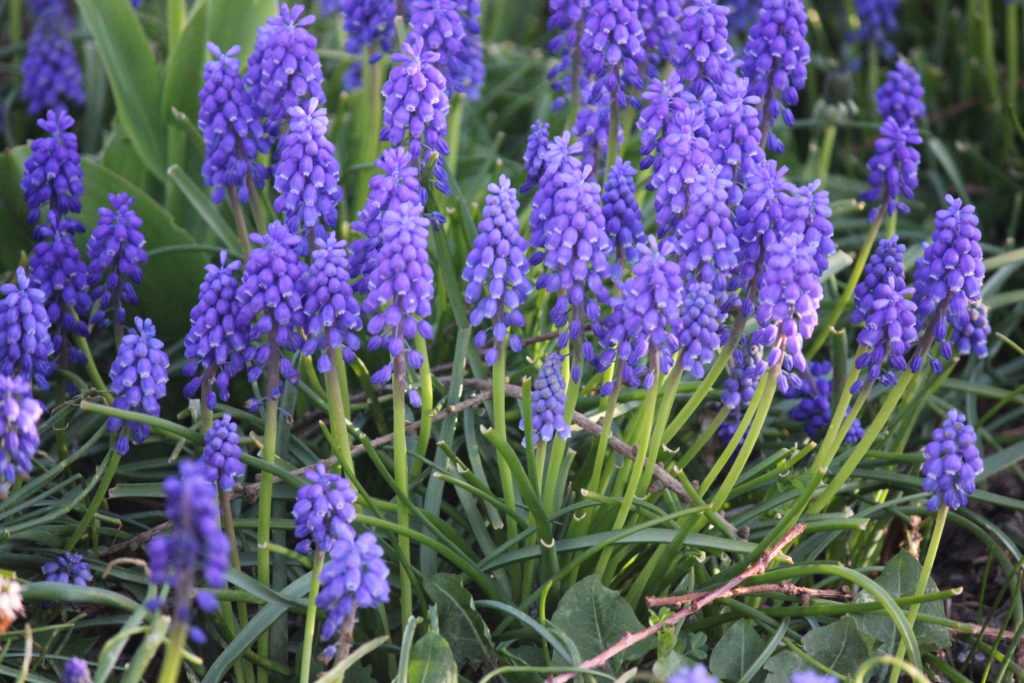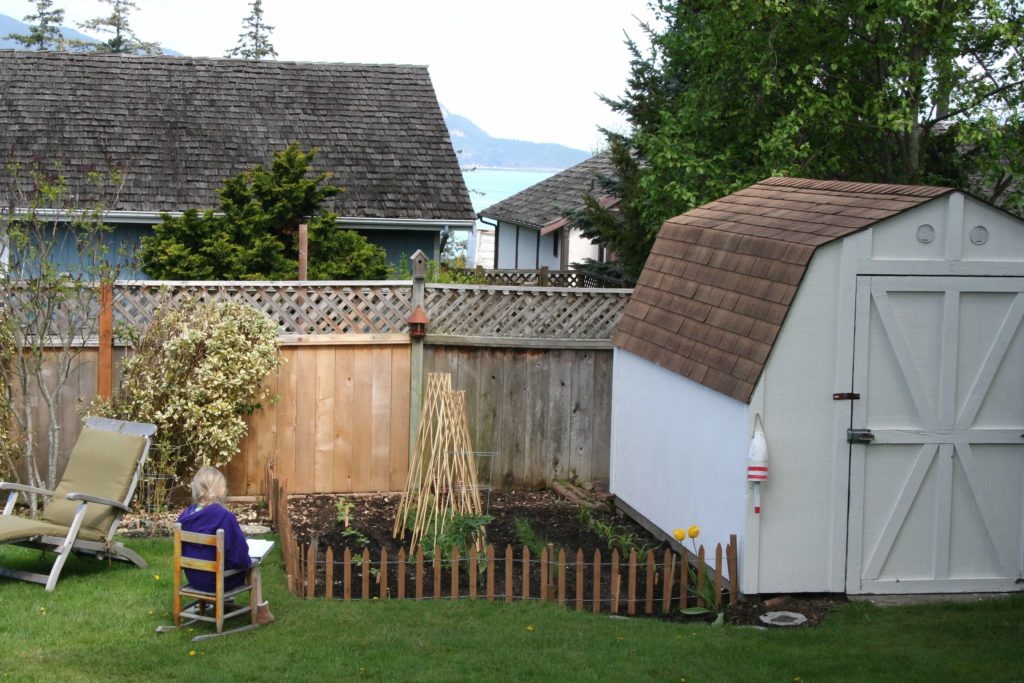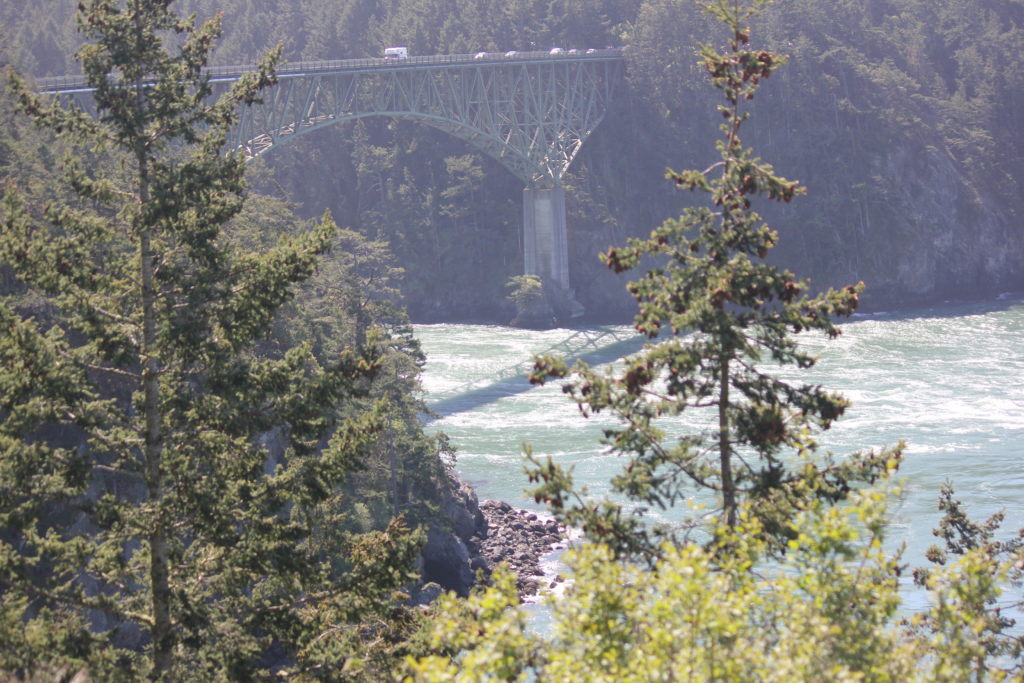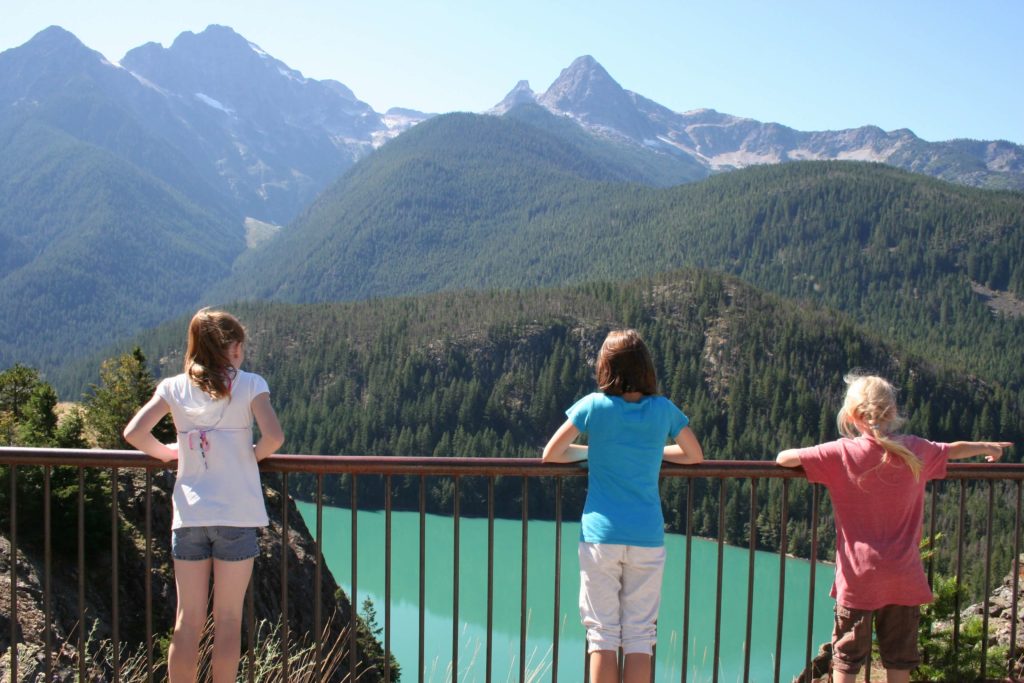
People in Western civilization have been working for centuries on cutting themselves off from nature in the name of “progress.” In recent years however, many people have been wanting to reconnect with nature. They have realized that they are in fact a part of the natural world, and so cutting themselves off from it cuts them off from their own wholeness.
While other cultures have been either in touch with nature since the beginning of time, or have been working on reclamation much earlier, in the United States a renaissance is currently happening. People are finding themselves in nature, and trying to find ways to reclaim nature around them. What are the best ways to do that? Read on!
Go earthing.
This practice has been around for thousands of years, and there’s a reason for that. While it has religious significance in Earth-based religions, it’s also scientifically proven to improve overall well-being. While it balances one’s circadian rhythm, reduces stress, and creates a sense of calm, it also does another powerful thing—it connects you to the land (literally). When you stand barefoot on the Earth, it reminds you that you are a part of it. Being physically closer to it is a very tangible way to get emotionally closer to it. Try checking the mail barefoot, or taking your morning cup of coffee outside on the grass, barefoot. If you live somewhere with access to more natural spaces, take a walk without your shoes.
Learn about the native species in your area.
Whether you live in an urban, suburban, or rural space, there is plantlife around you. That said, not all of it is native (meaning, not all of it belongs there). For example, English Ivy is an invasive species in the United States, although it’s found in most places (it’s native to Eurasia). Taking the time to learn about the native species helps to connect you to the land around you, understand the ecosystem that you live in (and that serves you), and re-establishes your partnership with. You can download apps like Seek, by iNaturalist, which was developed by National Geographic and California Academy of Sciences. Use when you go on walks or run errands, and see if the plants you come across are native. If they are, learn their names. Learn if they’re edible. Learn their role in the ecosystem.

You can also take foraging or plant identification workshops locally. This is an awesome way to support local biologists, botanists, and plant experts near you. Bring a notebook and questions, so you can fully absorb the information. There are also classes that you can take virtually, which is a great way to learn from different scientific perspectives around the world.
Start eating seasonally, and locally.
Until fairly recently, humans had always eaten whatever was growing in the ecosystem they lived in. This bonded them to it, and further deepened their connection to it. Eating this way is the oldest way that people claimed their place as being a part of nature, so today, it’s a great way to reclaim it.
Shop at your local farmers market, order produce from local farmers (there are so many who deliver it straight to your door), buy locally grown goods at your grocery store and co-op, or…
Consider growing at least some of your own food.
As the last point states, eating locally is a big piece of what it means to reclaim nature. If you have the time, physical ability, and land, grow as much food as you can. Plant a big, beautiful garden! If you don’t, you can always plant even just one herb on your window sill. Even if it’s one thing, it makes a difference. This re-establishes your bond with nature, and places you beside your other fellow species who also eat from the land around them.
Not only that, but growing your own food eliminates the fossil fuels that it would take to transport food to you from elsewhere. It also strengthens your knowledge of working with your local Earth, and that is empowering. No other species is as helpless as we are when it comes to feeding themselves. How many people could be plopped down in nature (even their local ecosystems), and be able to feed themselves?

Another way to participate in this method is to work with your local community garden. You can either have your own plot there where you garden food yourself, or you can simply come and pick from the community plots. Community gardens are key to food accessibility, environmental education, eco-justice, and community liberation. Support them.
Whatever you would have done inside? Try doing it outside.
Spending more time with nature helps us feel at home in it, which is the most important bit of reclaiming nature. If you work remotely, try bringing your laptop outside a few days a week or at least 30 minutes every so often. Were you going to read? Head outside to do it? Dinner? How about a picnic? There are endless things that we needlessly do inside, when if we simply stepped outside for even part of that activity we could be reforging a powerful relationship with our land.
Open a window.
Bringing fresh air inside is an underrated way to bring nature inside. If there are things that need to be done inside, that’s okay—you can still feel close to nature. Feeling the wind come through your home, think about that same wind passing through the trees or making the grass outside dance. You’re a part of it all, and by opening a window you’ve decided to not cut yourself off from it.
The same thing can be accomplished by bringing other outdoor things inside, like local rocks, foraged plants (consider pressing local flowers and framing them), or sea shells gathered on your nearest beach. You can even burn candles that smell like local flora.
Take pride in where you live.
This can encompass many things, but think about what it means to take pride in your house. You want it to be beautiful, clean, and some place that you would be excited to show to others, right? Apply that same attitude to your local ecosystem. Go on walks to clean up litter. Beautify it by planting native species or letting your lawn grow out for pollinators. Remove invasive species. Protect it by writing your local representatives about environmental problems or suggesting solutions that could help it (such as not over-mowing public spaces).

You can also take lots of photos of your area, and post them online (or simply share them with others), so more people foster a love and appreciation of it. This can often result in a higher prioritization of those ecosystems since they are no longer invisible, and therefore are harder to turn into sacrifice zones. Don’t be afraid to post a lot. You can even make a blog filled with the photos, turn them into a magazine to sell, or form an entire Instagram dedicated to the nature pictures. Visibility is key in environmental protection, and it can be a really visual way to reclaim nature around you.
Help out your local humans.
A very important environmental action, which often gets overlooked, is helping humans. Humans are animals, and just like other animals need conservation, care, and environmental action, so do humans. Unfortunately, since the 1970s environmentalism has been framed as being inherently anti-human (meaning that to be an environmentalist is against humans). This stems from a deeply rooted attitude of speciesism within our outlook on nature, despite the environmentalist movement being broadly against that philosophy. Environmentalists framed humans as being intrinsically harmful to the planet, and preached a helplessness of the other species and an inferiority of humans’ nature-hood.
The truth is, humans are just as much a part of nature as any other species on this planet. Originally, we benefitted the planet as well. When we ate, we deposited those same plants as we digested and passed them, helping to spread plantlife. When we died, our bodies fed the land and creatures around us. We have shaped the planet for the better, just like other animals have. It’s a relatively recent phenomenon that we have started to harm it, but it is not humans that are doing so—it’s corporations. It’s capitalism. These are ideas and entities invented by humans, yes, but that means that they can be undone by humans. We are the solution. And overpopulation? That is a myth fed to us by capitalism. There is not a problem of numbers. There is a problem of allocating resources. There is plenty of land and resources to go around, but greediness and othering keeps people from receiving them. We need to solve that.

How can you help people? A few ways:
- Do volunteer work. There is a huge need for that everywhere, so consider working in shelters once a month or participating in local humanitarian programs.
- Donate locally! Donate your extra cans of food, socks, gloves, and whatever you can spare to your local shelters and charity shops. If you can, make a dozen pasta dinners (or something else that is filling and easy to make) and pass them out to those in need. Make bags filled with essentials like period care products, granola bars, etc. There are people in need no matter where you live, and they are part of the ecosystem too.
- Give money to organizations that put as much of that as possible to good in your area. Do the research to make sure that they are legitimate, and put as little funds that are donated as possible into advertising—you want to support organizations that do as much as they can with what they are given.
- Be kind. Pay for the people behind you in line. Help anyone you see in need. Spend time with the elderly. Help your neighbors move. Babysit for free. Do as much as you can for as many people as you can. View it like environmental work, because it is. Studies have shown that the better wellbeing is experienced by people, the more time and resources they have to put into protecting the other nature around them. You want to reclaim nature? Start by reclaiming your community.
Get more like this—Sign up for our daily inspirational newsletter for exclusive content!
__
Photo: Emily Iris Degn




